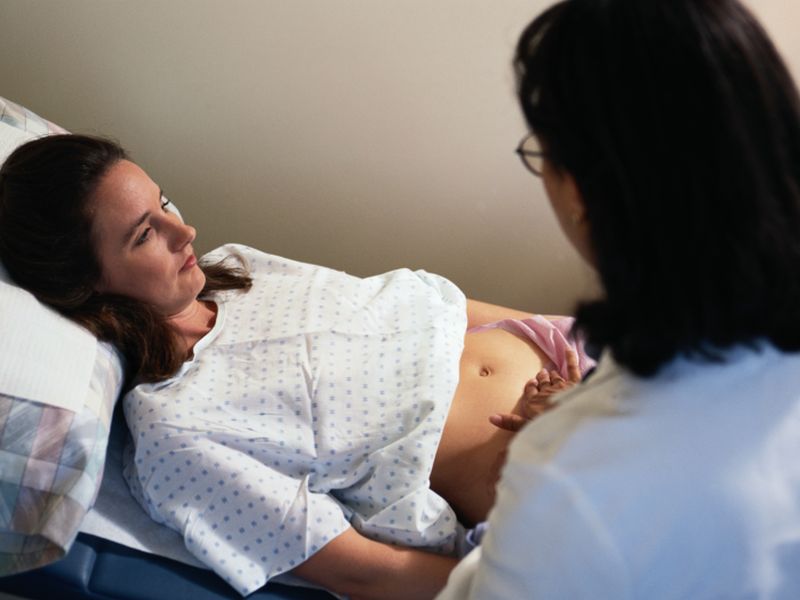

Tests to Spot 'Preemie' Birth Risk Ineffective in First Pregnancies
Finding suggests other screens are needed for this group of women, researcher saysTuesday, March 14, 2017

TUESDAY, March 14, 2017 (HealthDay News) -- Two tests that screen for preterm birth risk rarely spot trouble in first-time pregnancies, a new study suggests.
The tests' predictive powers were assessed for naturally occurring preterm deliveries only, and not for medical procedures such as cesarean surgery or induced labor.
"These methods of assessing women in their first pregnancy do not identify most of those who will later go on to have a spontaneous preterm delivery," said senior study author Dr. Uma Reddy. She is with the Pregnancy and Perinatology Branch at the U.S. National Institute of Child Health and Human Development.
"There is a need to develop better screening tests that can be performed early in pregnancy," Reddy said in an institute news release.
Preterm birth, defined as a birth before 37 weeks into pregnancy, is the leading cause of neonatal death or long-term disability, according to the U.S. Centers for Disease Control and Prevention.
In the United States, more than one in 10 births were preterm in 2015, and about 35 percent of infant deaths were related to prematurity, the agency said.
Two screening tests are typically used to try to predict which women are at high risk for preterm birth, which is hard to predict until it begins, researchers from the University of Utah said in a university news release.
One of the tests is an ultrasound of the cervix. Previous research has suggested that a short cervix early in pregnancy could be a warning sign of preterm birth. The second test checks for fetal fibronectin, a glue-like protein that secures the amniotic sac to the uterus. Some studies have suggested that the presence of fetal fibronectin in the vagina early in pregnancy could also signal an increased risk of preterm birth risk.
To gauge the effectiveness of each of those tests -- or combining both of them -- in predicting preterm birth, researchers at eight clinical centers across the United States tested thousands of women at three points during their pregnancies. The aim: to see whether the results predicted which women would deliver prematurely.
The tests were conducted at around 12 weeks, 19 weeks and 28 weeks of pregnancy. The study didn't include women who'd miscarried before 20 weeks or who had terminated a previous pregnancy, the researchers noted.
After screening more than 9,000 women with first-time pregnancies, the researchers found the two tests identified only a small number of women who would eventually deliver their baby prematurely.
Study lead author Dr. Sean Esplin is a maternal-fetal medicine specialist at Intermountain Medical Center in Salt Lake City and an obstetrics-gynecology professor at the University of Utah School of Medicine.
"This is a huge trial. This study was our best hope to say how effectively these tests predict the likelihood of preterm birth, and they weren't as effective as we'd hoped," Esplin said.
The study was published March 14 in the Journal of the American Medical Association.
SOURCES: U.S. National Institutes of Health, news release, March 14, 2017; University of Utah, news release, March 14, 2017
HealthDay
Copyright (c) 2017 HealthDay. All rights reserved.
News stories are written and provided by HealthDay and do not reflect federal policy, the views of MedlinePlus, the National Library of Medicine, the National Institutes of Health, or the U.S. Department of Health and Human Services.
- More Health News on:
- Health Screening
- Pregnancy
- Preterm Labor



























.jpg)












No hay comentarios:
Publicar un comentario